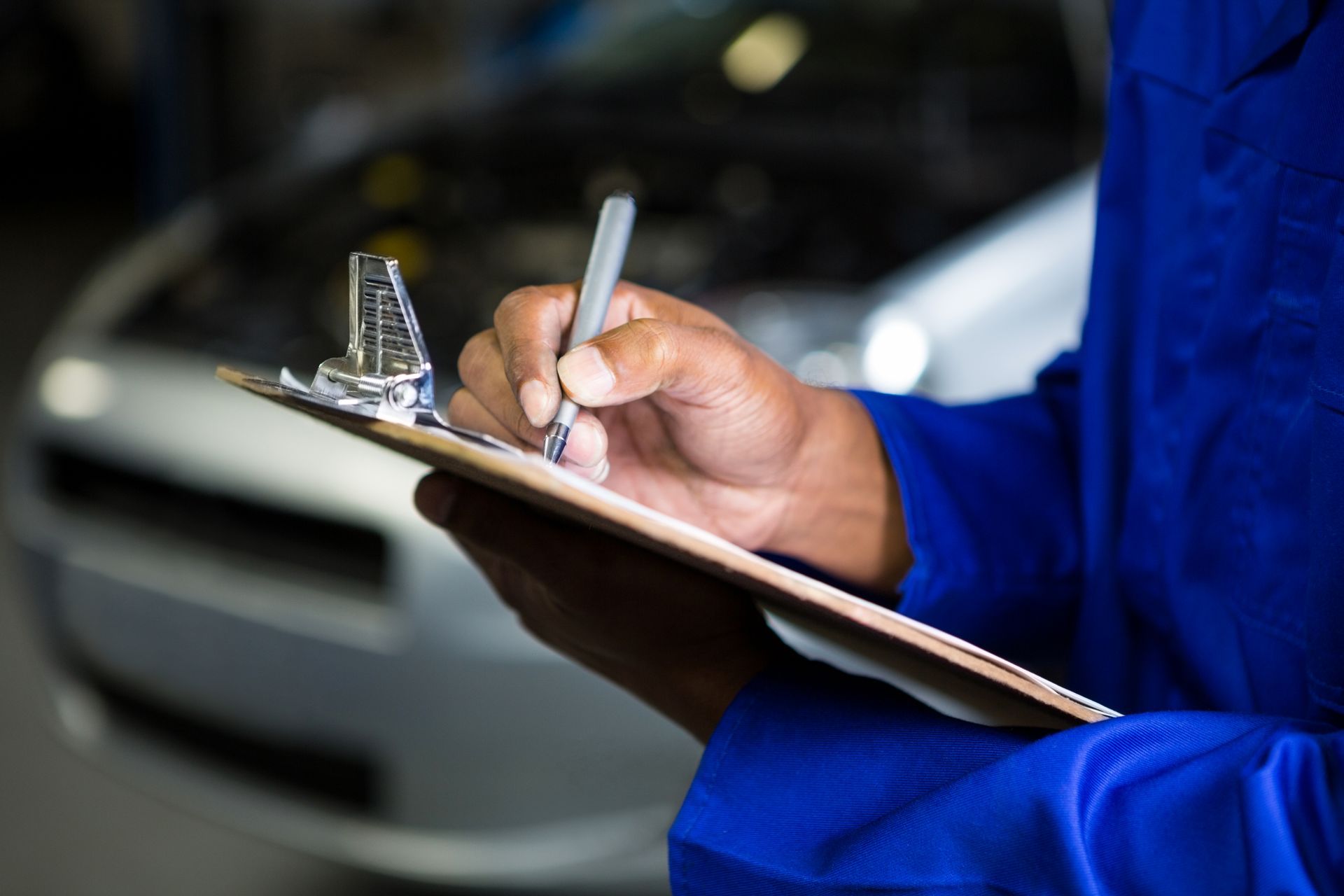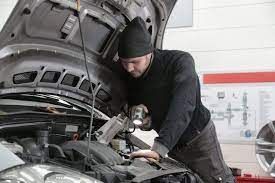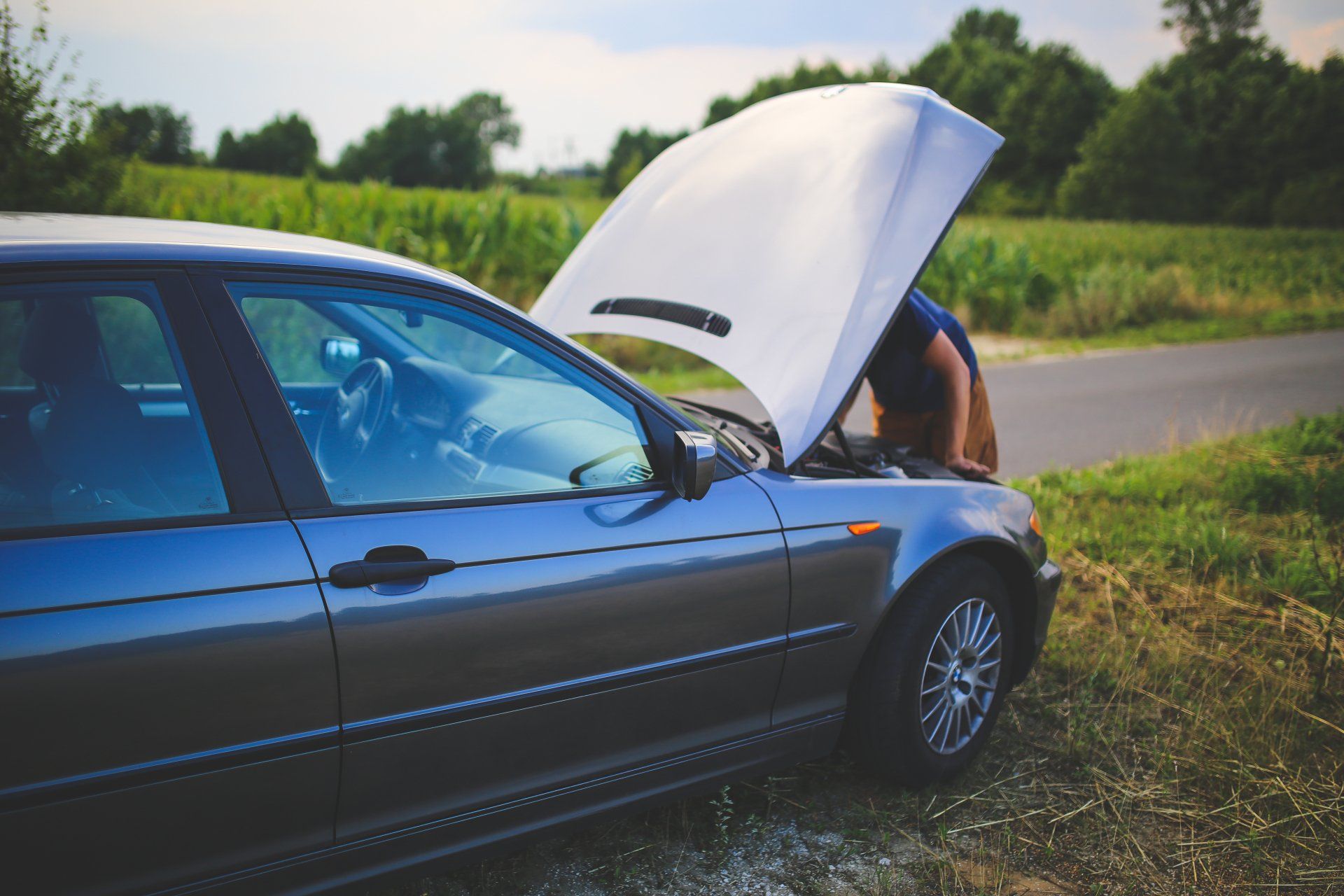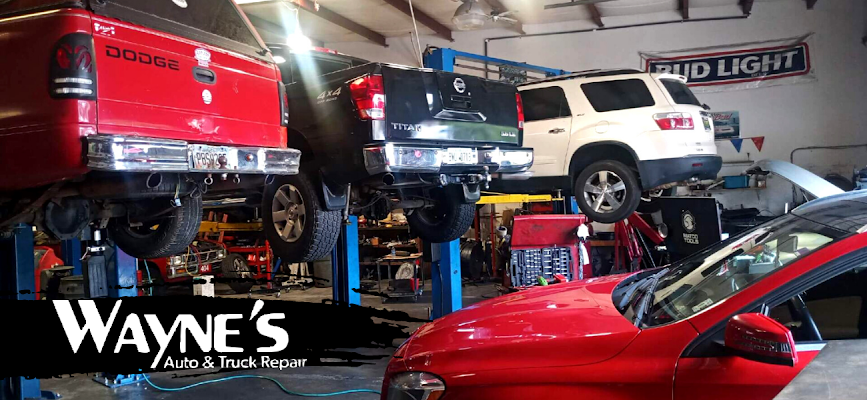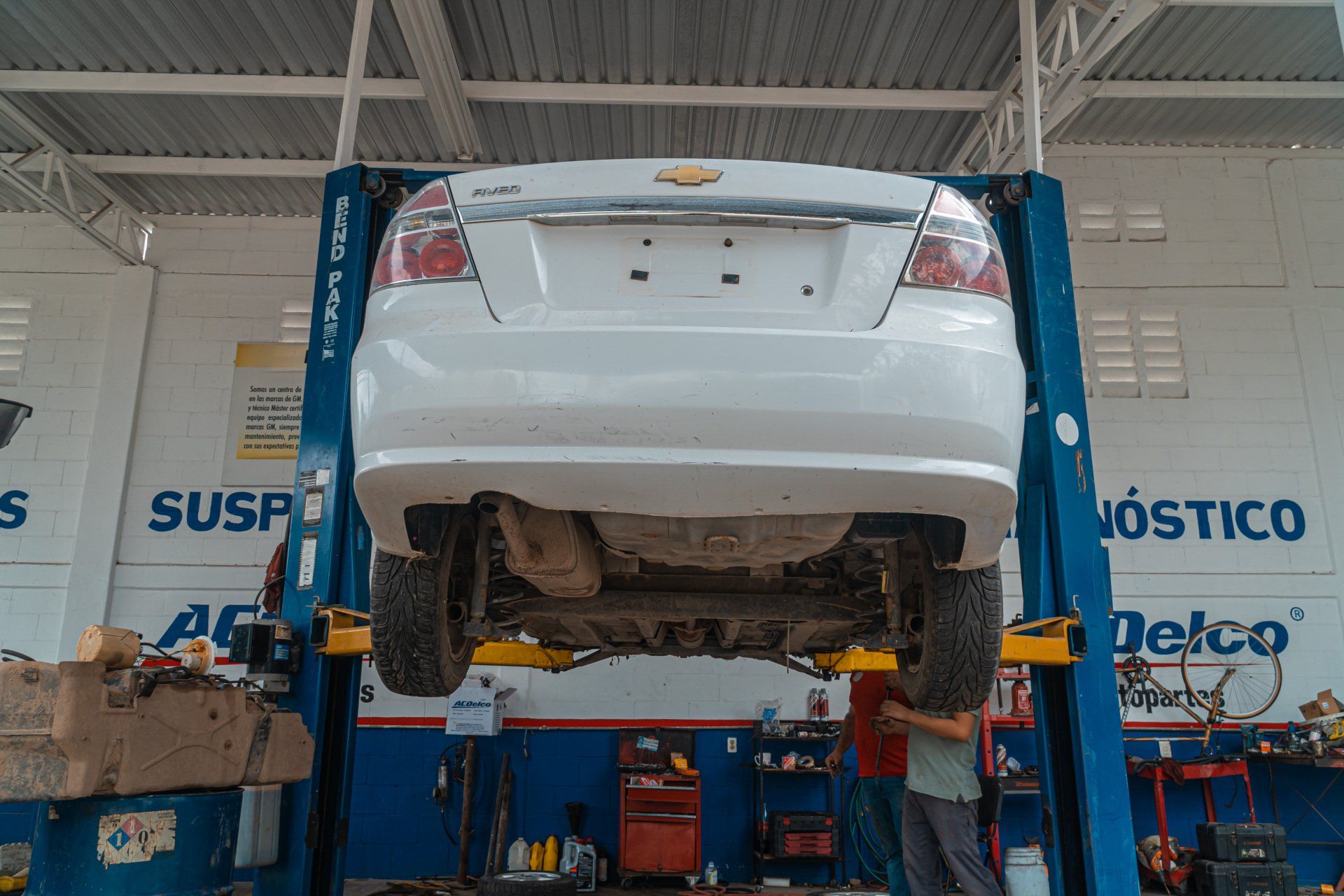6 Everyday Habits That Could Be Damaging Your Vehicle
Your car is a complex machine, and just like any other intricate system, it requires proper care to function smoothly and efficiently. While some damaging habits are obvious, like ignoring loud grinding noises, others might be slipping under your radar. These seemingly minor actions can lead to more serious problems down the road, causing a lot of headaches (and potentially hefty repair bills).
This article looks at six common yet often overlooked habits that could be harming your car, and how a reputable auto repair shop can help keep your vehicle in top shape.
1. Neglecting the Parking Brake
Many drivers rely solely on the "Park" setting on their automatic transmission when stopping their car. This habit, however, puts unnecessary strain on a tiny but crucial component: the parking pawl. This metal pin functions like a latch, holding the transmission gears in place. When you don't engage the parking brake and leave your car in "Park" on an incline, for instance, all the vehicle's weight rests on this single pawl. Over time, this excessive stress can cause the pawl to wear down and potentially break. The resulting repair can be quite expensive, and involves replacing the transmission components.
Solution: Make using the parking brake a routine part of your driving experience. Engaging the parking brake not only distributes the weight of the car more evenly; it also serves as a backup safety measure in case the parking gear malfunctions.
2. Underinflated Tires
Keeping your tires properly inflated is essential for optimal vehicle performance and safety. Underinflated tires increase rolling resistance, meaning your engine has to work harder to keep the car moving. This results in decreased fuel economy and unnecessary wear on your tires. Furthermore, low tire pressure can cause uneven tire wear, leading to a shorter lifespan for your tires and potentially compromising their ability to grip the road safely.
Solution: Regularly check your tire pressure using a reliable tire gauge (ideally once a month and before any long trips). Also, refer to your car's owner's manual for the recommended tire pressure and ensure all four tires are properly inflated, including the spare. Don't forget to factor in any changes in the outside temperature, as colder temperatures can lead to slight pressure drops.
3. Running on Fumes
While the exact science behind this might be debated, many mechanics recommend avoiding consistently running your car on a near-empty fuel tank. The fuel pump, submerged within the gas tank, relies on the surrounding fuel to cool and lubricate itself. Running on fumes can cause the fuel pump to overheat, accelerating wear and tear and potentially leading to premature failure. Additionally, a low-fuel tank can stir up sediment and debris settled at the bottom of the tank, which could clog your fuel filter or injectors, causing engine performance issues.
Solution: Develop the habit of refueling when your gas gauge reaches a quarter tank or less. This ensures you have enough fuel to avoid potential problems with the fuel pump and keeps your engine running smoothly.
4. Windshield Wipers
Windshield wipers are a vital safety feature, ensuring clear visibility during rain, snow, and other harsh weather conditions. When they become worn out, they can leave streaks and smears on your windshield, compromising your ability to see the road clearly. This can be especially dangerous in low-light situations or during heavy downpours. Furthermore, deteriorated wiper blades can scratch your windshield over time, requiring a costly replacement.
Solution: Inspect your windshield wipers regularly for signs of wear and tear, such as cracks, tears, or worn-out rubber edges. Replace them at least once a year, or sooner if they show visible signs of damage. Choose wiper blades specifically designed for your car model to ensure optimal fit and performance.
5. Shifting Gears Abruptly
Rapidly shifting gears, especially between reverse and drive, can place a lot of stress on your car's transmission. This is because the transmission components need time to synchronize before engaging a different gear. Abrupt gear changes can cause these components to grind against each other, leading to premature wear and tear, and even transmission failure.
Solution: Develop a smooth and deliberate shifting habit. Come to a complete stop before shifting from reverse to drive, and allow a brief pause between gear changes to give the transmission time to adjust. Consult your car's owner's manual for specific recommendations on proper shifting techniques.
6. Skipping Maintenance
Regular car maintenance is crucial for ensuring your vehicle runs smoothly, and safely. Skipping routine maintenance services like oil changes, filter replacements, and fluid flushes can lead to a domino effect of problems. For example, old and dirty oil loses its lubricating properties, causing increased friction and wear on engine components. A clogged air filter can restrict airflow to the engine, reducing fuel efficiency and potentially harming engine performance. Ignoring these issues can snowball into major repairs down the road, which not only hurts your wallet, but also the longevity of your car.
Solution: Follow the recommended maintenance schedule outlined in your car's owner's manual. A reputable auto repair shop can provide these services and keep your vehicle in top shape. They have the expertise and equipment to diagnose potential problems early on, preventing them from escalating into more serious and expensive issues.
Conclusion
Keeping your car healthy doesn't have to be a daunting task. Wayne's Auto & Truck Repair, an auto repair shop Duluth car owners trust, is here to help you keep your vehicle running smoothly for many more miles to come. Our team of certified technicians is equipped with the latest tools and technology to handle a wide range of car care needs, from routine maintenance to complex repairs.
Remember, a little effort now can save you a lot of time, money, and hassle in the long run! Contact Wayne's Auto & Truck Repair today to schedule a preventative maintenance service or to address any car concerns you may have. Our friendly and professional staff is here to answer your questions and help you keep your car on the road.
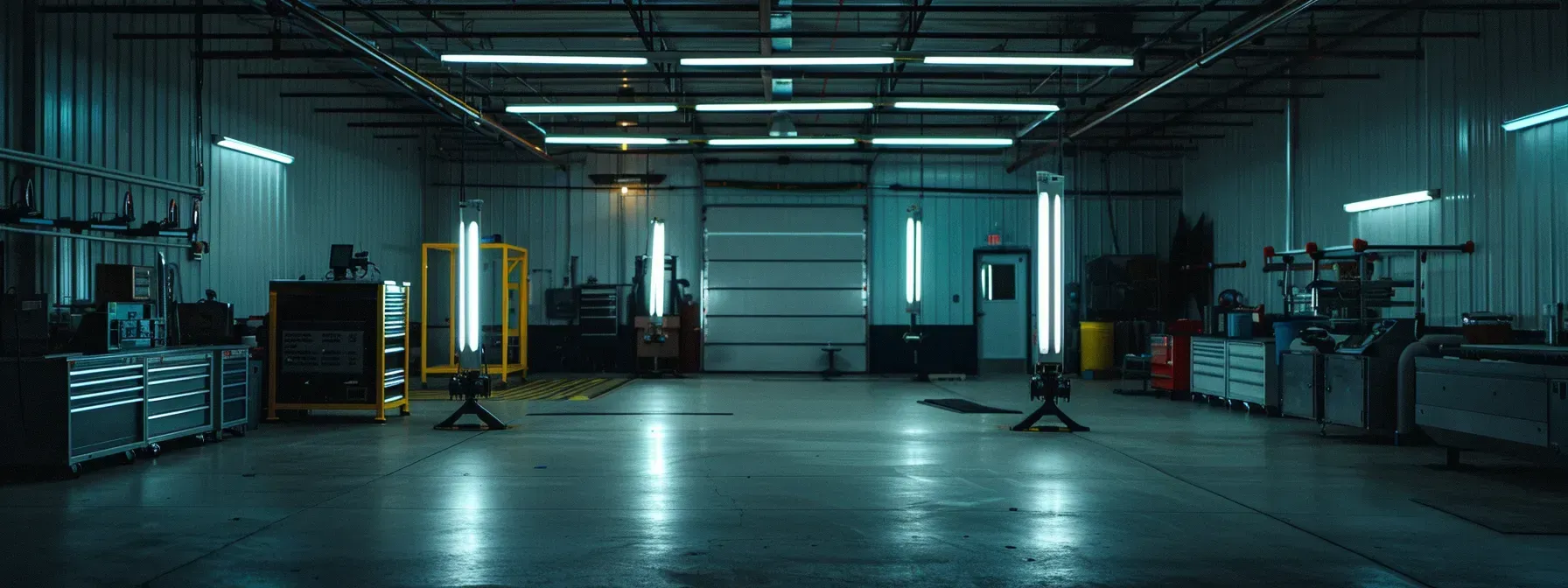
3750 Industrial Court
Suite C, Suwanee GA 30024
We are a family owned business serving John's Creek, Suwanee, and North Georgia area for more than 35 years!
We're an honest and reliable, hard working team. Helping you get what you need done immediately at a reasonable price to get you back on the road safely.
Proudly Serving The Gwinnett County & Forsyth County Region Since 1985
Service Hours
- Monday
- -
- Tuesday
- -
- Wednesday
- -
- Thursday
- -
- Friday
- -
- Saturday
- -
- Sunday
- Closed
- Monday
- -
- Tuesday
- -
- Wednesday
- -
- Thursday
- -
- Friday
- -
- Saturday
- -
- Sunday
- Closed
Waynes Auto and Truck Repair |


